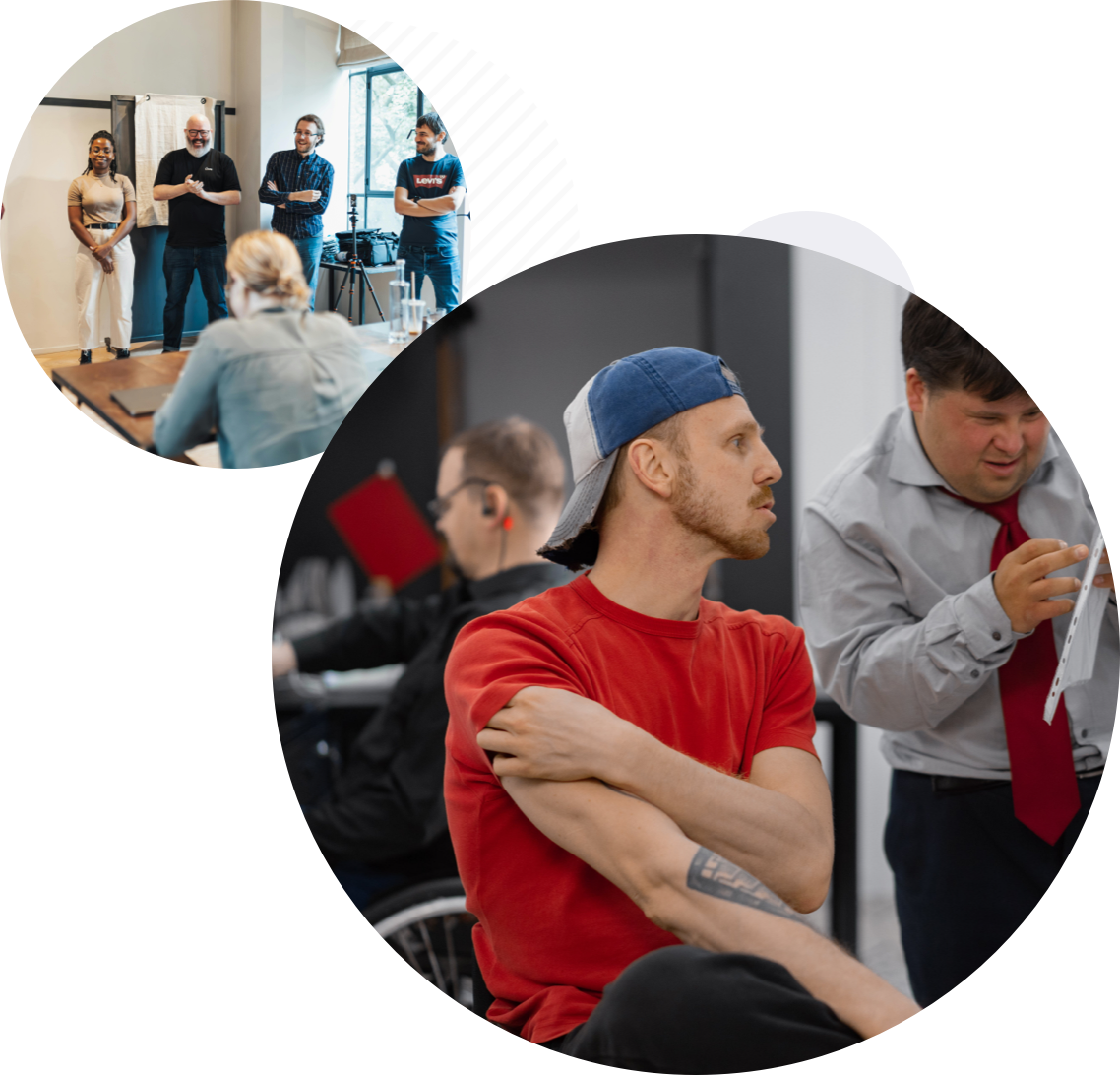
DEI Assessment
Conducting a DEI (Diversity, Equity, and Inclusion) assessment is a valuable step toward understanding the current state of diversity and inclusion within your organization. Remember that a DEI assessment is not a one-time activity but rather a part of an ongoing commitment to creating an inclusive workplace. Regular assessments and adjustments are essential for sustained progress.
DEI Assessment
Here’s a guide on how to get a DEI assessment:
- Define Objectives:
- Clearly define the objectives of the DEI assessment. Determine what specific aspects you want to assess, whether it’s workforce demographics, policies, employee experiences, or overall workplace culture.
- Identify Stakeholders:
- Identify key stakeholders who will be involved in or impacted by the DEI assessment. This may include leadership, HR professionals, employees, and potentially external consultants.
- Select Assessment Methods:
- Choose assessment methods that align with your objectives. This could involve a combination of quantitative methods (surveys, demographic analysis) and qualitative methods (focus groups, interviews) to gather a comprehensive understanding.
- Consider External Consultants:
- If your organization doesn’t have internal expertise in DEI assessments, consider hiring external consultants who specialize in diversity and inclusion. They can provide expertise, objectivity, and benchmarking against industry standards.
- Develop a Survey or Questionnaire:
- If using a survey or questionnaire, develop questions that address the key areas of interest. Ensure that questions are clear, unbiased, and cover a range of topics, including workplace culture, policies, and experiences.
- Confidentiality and Anonymity:
- Emphasize the importance of confidentiality and anonymity to encourage honest and open responses. This is crucial for gathering accurate and valuable insights.
- Communication Plan:
- Develop a communication plan to inform employees about the DEI assessment. Clearly communicate the purpose, benefits, and confidentiality of the assessment to encourage participation.
- Pilot Test:
- Before launching the full assessment, conduct a pilot test with a small group to identify any issues with the survey or questionnaire. Use feedback from the pilot to make necessary adjustments.
- Launch the Assessment:
- Once you are satisfied with the assessment tools, launch the assessment across the organization. Provide clear instructions on how to participate and set a reasonable timeframe for completion.
- Collect and Analyze Data:
- Collect survey responses and other data, and then analyze the findings. Look for patterns, trends, and areas of concern or strength. Consider both quantitative and qualitative data for a holistic view.
- Employee Focus Groups or Interviews:
- Conduct employee focus groups or interviews to gather deeper insights into the experiences and perspectives of individuals. This qualitative data can provide context to quantitative findings.
- Leadership Interviews:
- Interview leaders within the organization to understand their perspectives on DEI, their commitment, and their role in promoting diversity and inclusion.
- Benchmarking:
- Consider benchmarking your organization’s DEI efforts against industry standards or similar organizations. This can provide context for interpreting your assessment results.
- Report Findings:
- Prepare a comprehensive report outlining the findings of the DEI assessment. Include key insights, recommendations, and potential action steps.
- Feedback and Action Planning:
- Share the assessment results with key stakeholders and solicit feedback. Collaboratively develop an action plan based on the findings, outlining specific steps and timelines for improvement.
- Continuous Monitoring:
- DEI is an ongoing process. Establish mechanisms for continuous monitoring and evaluation. Regularly revisit and update the DEI assessment to track progress over time.
- Implement Changes:
- Actively implement changes based on the findings and recommendations. This may involve policy adjustments, training programs, and cultural initiatives to foster a more inclusive workplace.
- Communication of Changes:
- Communicate changes resulting from the DEI assessment to employees. Transparency in the process and outcomes helps build trust and reinforces the organization’s commitment to DEI.

Intersectional DEI Capabilities
We are facilitators, educators, and speakers who help organizations tackle diversity and inclusion through customized facilitation training, mediation, and speaking engagements to help create better practices.
- Workshops & Training
- Facilitation
- Executive Coaching
- Speaking Engagements
- Conflict Management
- Inclusive Marketing
- Policy Review
- Inclusive Processes and Systems
- Strategic Planning
- Talent Management
- Impact Investing
- Social Responsibility
- Employee Resource Groups (ERG) and DEI Initiative Development
- Keynote Speaking Engagements
- DEI Focused Retreat Experience
- DEI Executive Leadership Coaching
- Diverse Talent Recruitment and Retention
- Impact Investing Guidance and Support
- Active Listening Workshops and Seminars
- Organizational Change Management
- DEI Internal and External Communications Plans
- DEI Marketing
- Racial Equity & Anti-racism Training
- Allyship Training
- Angel and VC Funding Partnerships
- Organizational Management & Valuing of Human Difference
- Mental Health Educational Programs
- Launching Employee/Business Resource Groups/Affinity Groups
- DEAI Audits and Assessments
- Unconscious Bias Training
- Understanding Microaggressions
- Women’s Leadership Conferences & Events
- Wellness Initiatives
- Setting DEI Metrics & Tracking
- Selecting, Hiring & Developing a DEI Officer
- Establishing High Performing Diversity Councils/Committees






